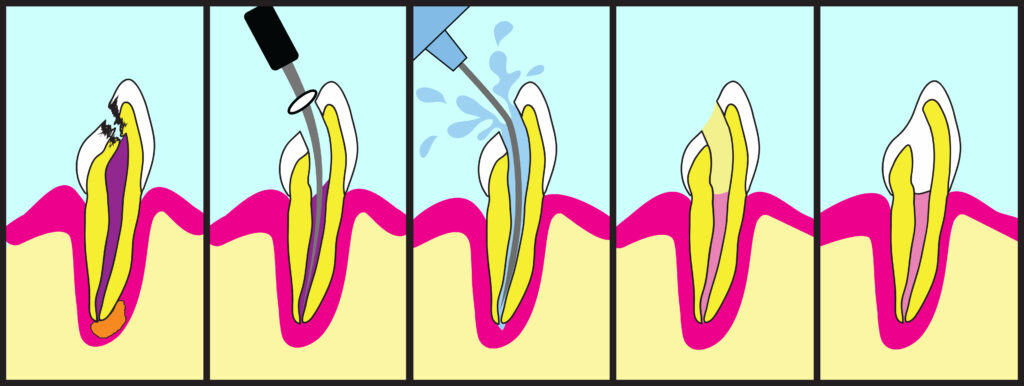Root Canal Treatment
Root canal treatment (also called Endodontic Therapy) is a complicated procedure to treat an infected tooth. It involves the removal of dental pulp and replacement with root canal filling. Regular checkup and dental cleaning can avoid root canal treatment by early detection of caries. The cavity has to grow in enamel (first layer) and dentin (second layer) to reach to the pulp (third layer), root canal treatment is necessary. When the cavity reaches the pulp, bacterias from the hole infect the pulp. The infection of pulp involves a series of changes. In the end, the dental pulp tissue becomes dead tissue. The dead tissue, in turn, infects the surrounding bone and tissue spaces. In other instances, trauma to the tooth can damage the dental pulp. In conclusion, root canal therapy is necessary in all these cases.
Infected Tooth Types

Symptoms of the infected teeth can vary from no pain to severe pain, depending upon the stage of infection. There are four stages of Infected Tooth.
- Reversible Pulpitis
- Irreversible Pulpitis
- Periapical Abscess
- Necrosis of Pulp
1. Reversible Pulpitis
In reversible pulpitis, the tooth has decay reaching the pulp. At the microscopic level, several bacterias are entering the dental pulp and infecting it. This reaction causes inflammation of the pulp, and the body’s immune cells are fighting to stop the infection of the pulp. At this stage, removal of decay can reverse the inflammation. Symptoms include sensitivity susceptible to cold and hot.
2. Irreversible Pulpitis
In irreversible pulpitis, the tooth decay has already reached the pulp. At the microscopic level, the bacteria has entered the pulp and has infected it. At this stage, several bacteria have entered the pulp, and the condition becomes irreversible. Therefore, a filling done at this stage is not going to cure the infection. Symptoms include tooth has sensitivity susceptible to cold and hot with lingering pain. Further, pain may come spontaneously and stay there for minutes to hours. In other words, the removal of hot and cold stimulus doesn’t remove the pain.
3. Periapical Abscess
In Periapical Abscess, the tooth has necrotic pulp. At the microscopic level, the tissue inside the pulp is dead and cannot regenerate. Furthermore, the bacteria from the pulp is now entering the surrounding bone and tissue spaces. At this stage, antibiotics administered can only fight against bacteria entering into bone and tissue spaces. As a result of constant battle, bacteria and body tissue cells can have a lot of casualties leading to an abscess. A periapical abscess requires a mechanical intervention like a root canal treatment. Symptoms of Periapical Abscess are the same as that of an abscess. Pain, redness, swelling, loss of function like reduced mouth opening, pain on biting are more common symptoms. The infected area may feel warm on touch. If it goes untreated, it can lead to further infection of the tissue spaces and elsewhere in the body.
Root Canal Treatment Procedure
Time needed: 1 hour
How is Root Canal Treatment done?
- Anesthesia
The dentist at Healthy Smiles will achieve complete numbness of the infected tooth and surrounding tissue. Further, the dentist will inject into the gums and teeth, and the patient is pain-free. We understand the importance of being pain-free during the procedure, and we do everything for the patient to be out of pain.

- Access Opening
The dentist will drill a hole in the tooth to access the dental pulp.
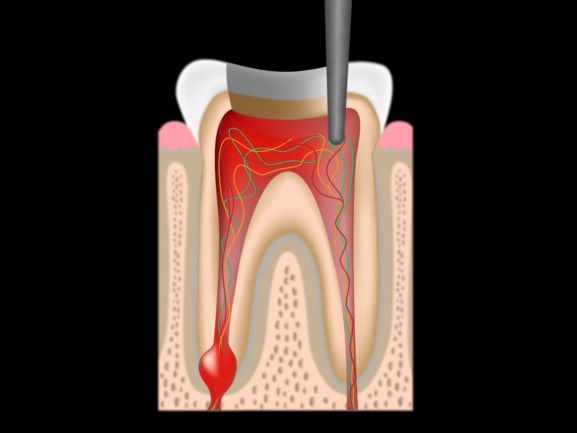
- Removal of Dental Pulp
The dentist then removes the dental pulp tissue with fine instruments called files and reamers. Then, he sprays the canal with an antiseptic solution. Once the tooth canal is free of the pulp tissue, the dentist will shape it to receive a root canal filling.
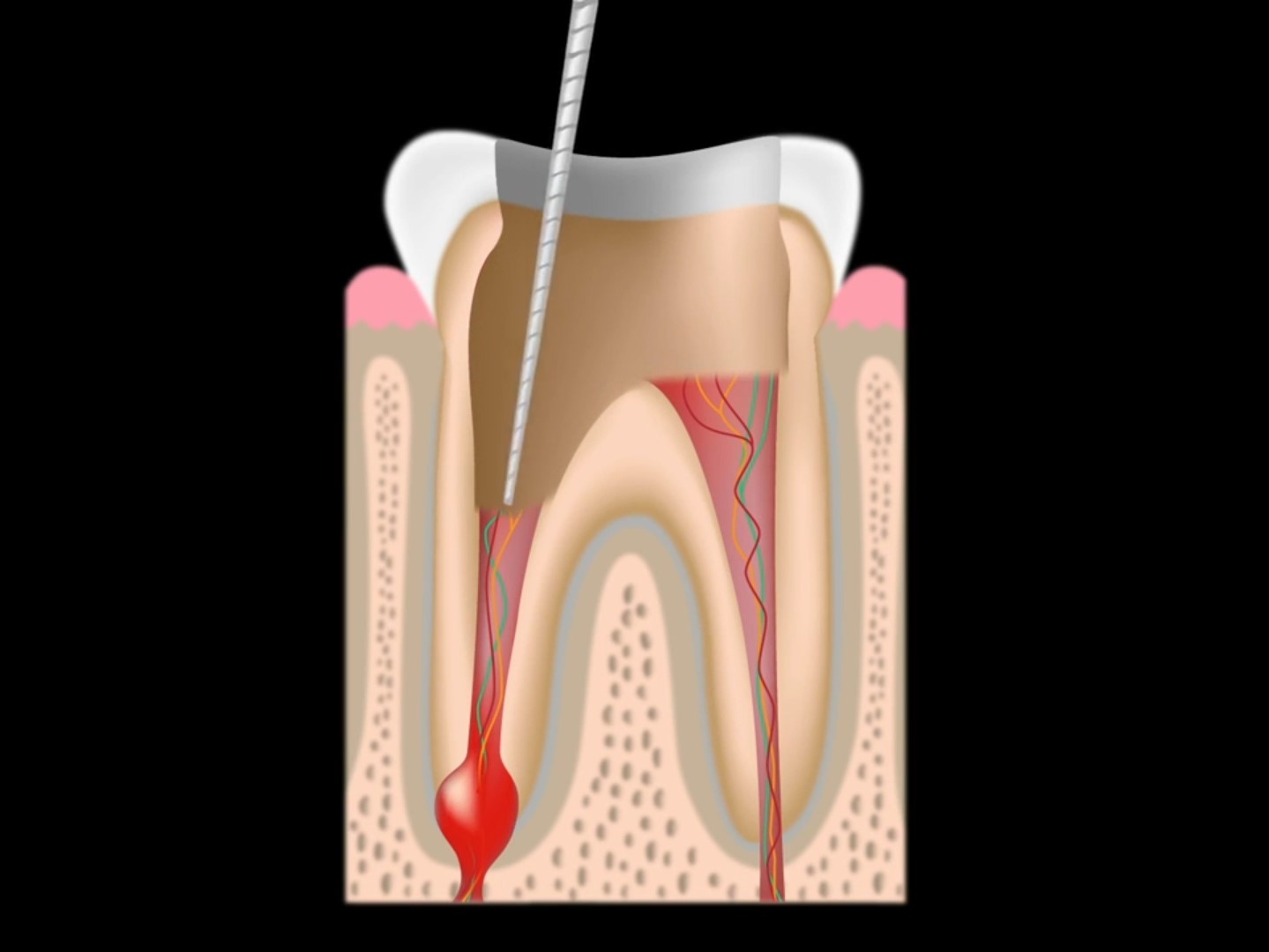
- Filling Placement
The root canal filling is cemented with a sealer and covered with a composite filling called core build-up.
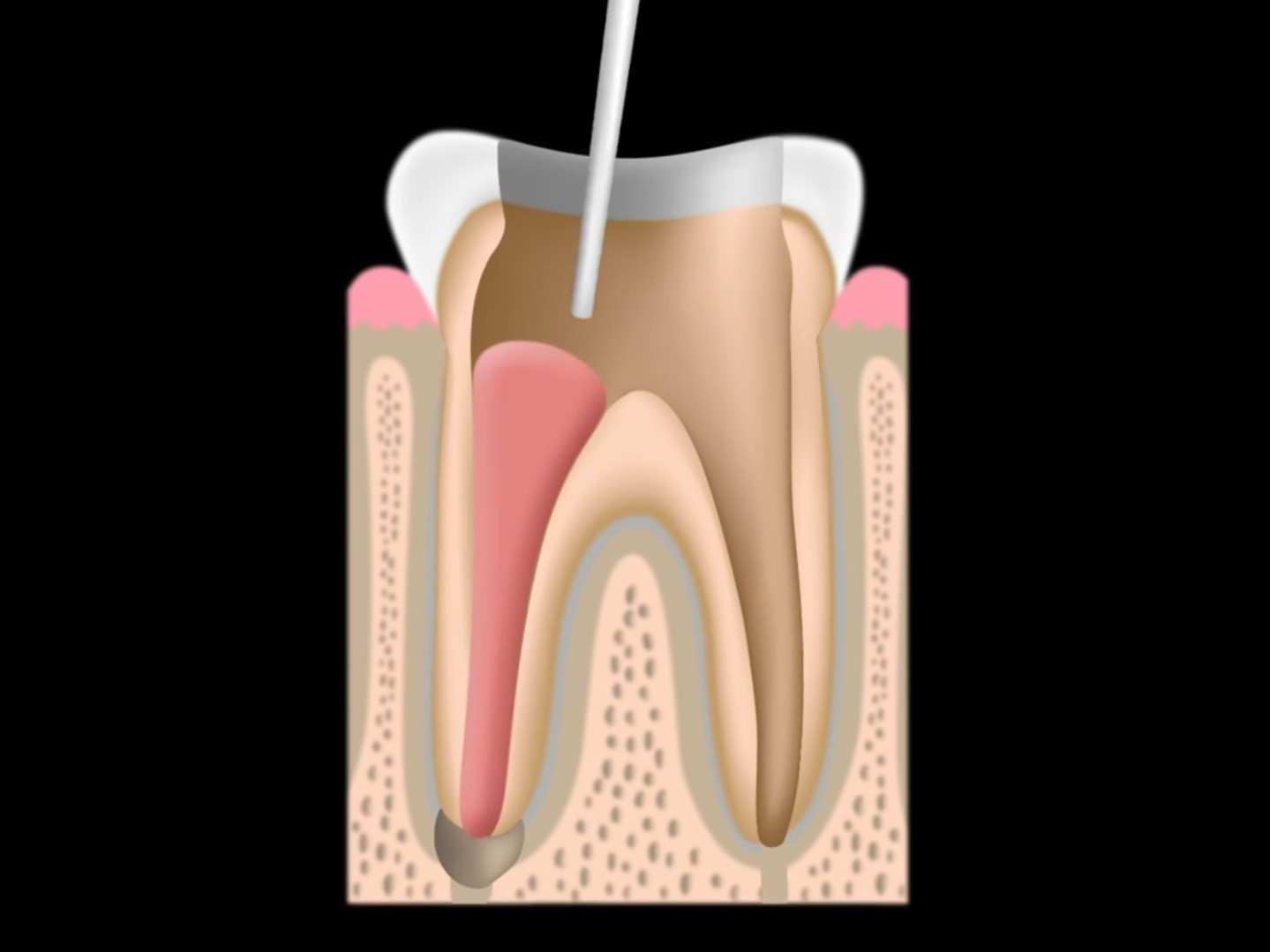
- Crown
After root canal treatment, it is vital to fabricate a crown on it. If not done, the root canal treated tooth can fracture as the tooth gets brittle after the treatment.
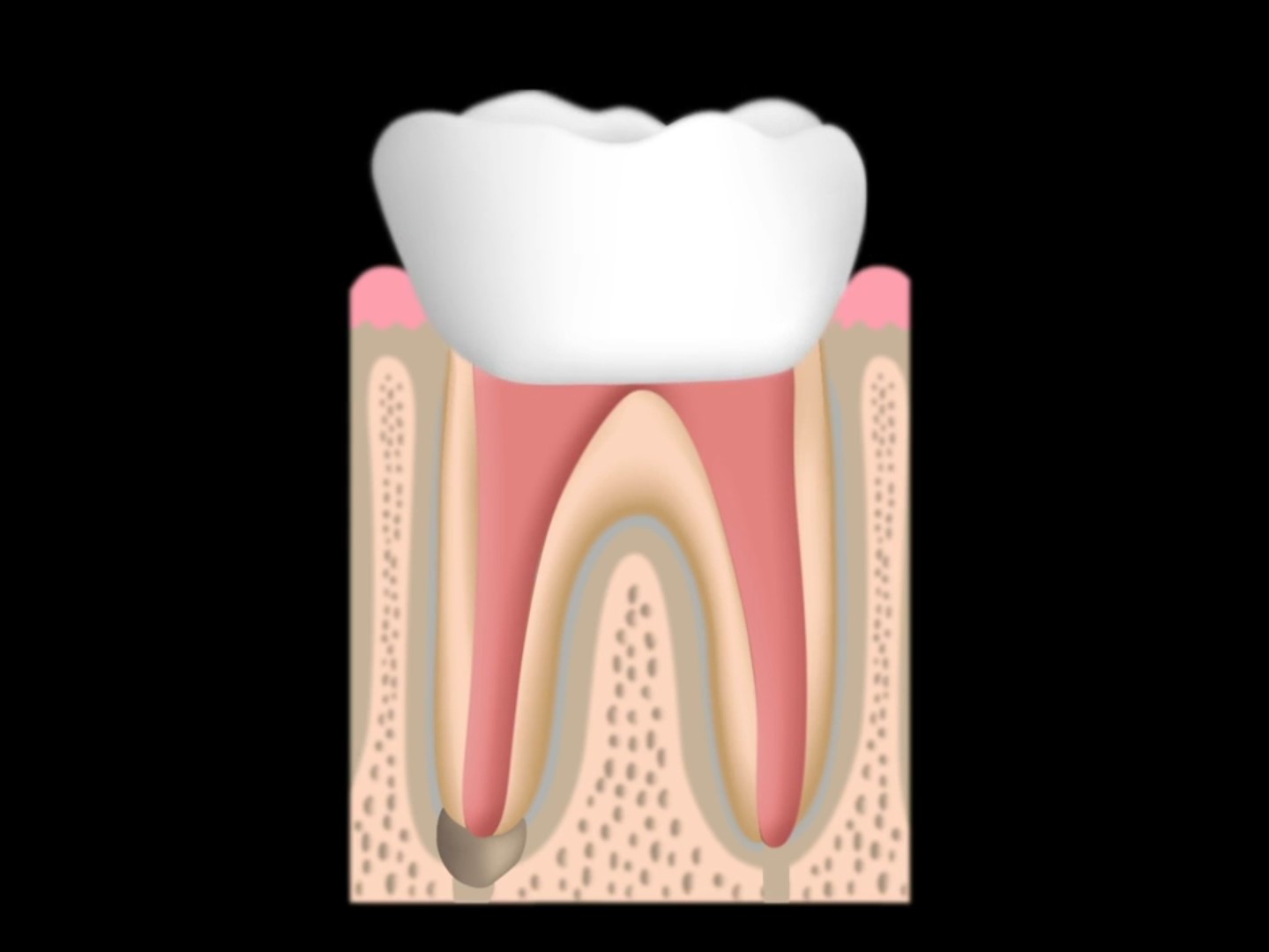
Affordable Root Canal Treatment
When you are in tooth pain, it can get hard to find an affordable root canal treatment dentist near you. Our Dentist at Healthy Smiles does root canal on most teeth, and we are very affordable for most patients in Hartford, Connecticut. We also provide a flexible payment plan for the patient to afford expensive procedures. Schedule an appointment today on our appointment web-page if you need a root canal treatment.
The symptom includes swelling, pain, redness, fever, and loss of function like limited mouth opening or pain on chewing. The bacteria from the pulp can enter blood vessels and infects other parts of the body.
Deep dental caries infect tooth pulp and results in an infected tooth. The dental pulp becomes necrotic tissue (dead tissue) and is an irreversible process. In other words, dental pulp doesn’t regenerate back as the body does. Furthermore, this necrotic tissue can affect surrounding tissue like bone and tissue spaces.
